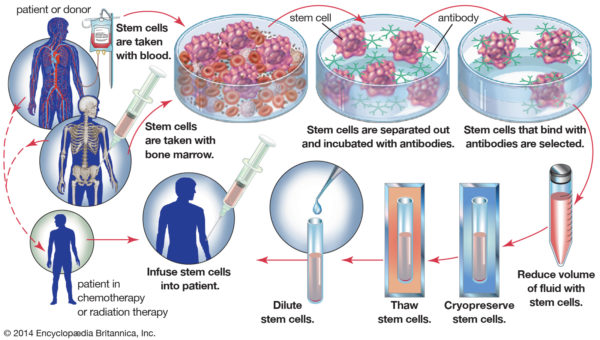


You may be given antibiotics to protect your immune system and prevent infection, along with regular blood transfusions.Įmotionally, you might have a variety of feelings, from happiness and loneliness to anxiety. You may be in the hospital during this time or return daily for several weeks for monitoring and follow-up care. Recovery time is typically about 2 to 6 weeks. Sucking on hard candies or drinking flavored drinks, like juices, can help reduce this. They can include the taste or smell of garlic from the preserving agent used when freezing the stem cells. What can you expect after a hematopoietic stem cell transplant?Īfter an HSCT, you may also have some side effects from the infusion. Transplantation is done through a catheter, like a blood transfusion. Once you’re admitted to the hospital, you will be in a room that has special air filters to help reduce the chances of infection. You will most likely be in the hospital for the transplantation itself. Your healthcare team can help you manage these symptoms.Īfter the conditioning, you’ll have a few days to rest before transplantation. Pre-transplant treatments can cause significant side effects, such as: Your pre-transplant treatment will vary depending on your cancer or disease, the kind of transplant needed, and your treatment history. It’s done to destroy any remaining cancer cells in the body as well as make room for the transplanted stem cells. This typically involves high dose chemotherapy or radiation therapy. How do you prepare for this stem cell transplantation?īefore the transplantation, you will have pre-transplant treatment. The blood left in the umbilical cord can be saved and stored for a possible stem cell transplantation later on. The stem cells are filtered, put into special bags, and frozen until the transplantation.

The rest of the blood is returned to the person’s body. The blood goes into a special machine that separates the stem cells from the rest of the blood products. In this case, a doctor places a catheter into a vein. When it’s used, it’s inserted into a vein. The marrow is filtered, put into special bags, and frozen. A doctor inserts a large needle through the lower back into the hip bone. Transplantations are done under general anesthesia, so you won’t feel pain. This is where doctors often source stem cells to do transplantations. Hip bones have the most marrow and a lot of stem cells. Stem cells that are drawn from bone marrow, blood from a vein, and from an umbilical cord can come from several places in your body: Hip bones


 0 kommentar(er)
0 kommentar(er)
